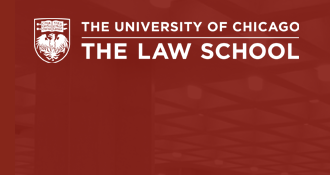The University of Chicago Business Law Review
Start Page
1
Abstract
Contemporary financial supervision depends on knowledge about risk. Threats to bank soundness and financial stability abound, but they present themselves in amorphous ways. How should supervisors assess their significance? This Article examines a process being employed by the Federal Reserve (Fed) to assess threats posed by climate change. The process, climate scenario analysis (CSA), models the impact of hypothetical climate-related events on financial market participants. Descriptively, the Article argues that the Fed’s approach to CSA hews closely to the most prominent supervisory innovation to emerge from the Global Financial Crisis: stress testing. With its CSA experiments, the Fed is adapting techniques and perspectives developed in response to the last crisis to confront threats that may cause the next one. This adaptation is unsurprising, but it comes with significant costs. Normatively, the Article argues that CSA efforts designed to operate like stress tests will miss or misunderstand significant forms of climate-related financial upheaval. While the Fed’s CSA framework may be successful in identifying some climate-related threats to the largest, systemically important banks, it is ill-designed to recognize threats across a broad range of climate-related scenarios, and its engagement with the largest banks empowers them to shape CSA to serve their own interests. Further, its focus on bank soundness will lead it to miss forms of financial destabilization that may harm households and businesses even if banks manage their climate risks effectively. To address these limits, the Article argues that the Fed should move away from the stress test template in favor of CSA processes that are easier to administer and take a broader perspective on climate-related threats to the project of financial stability.
Recommended Citation
Wishnick, David A.
(2025)
"Horizons of Risk: Climate Stress and the Federal Reserve,"
The University of Chicago Business Law Review: Vol. 4:
No.
1, Article 1.
Available at:
https://chicagounbound.uchicago.edu/ucblr/vol4/iss1/1
